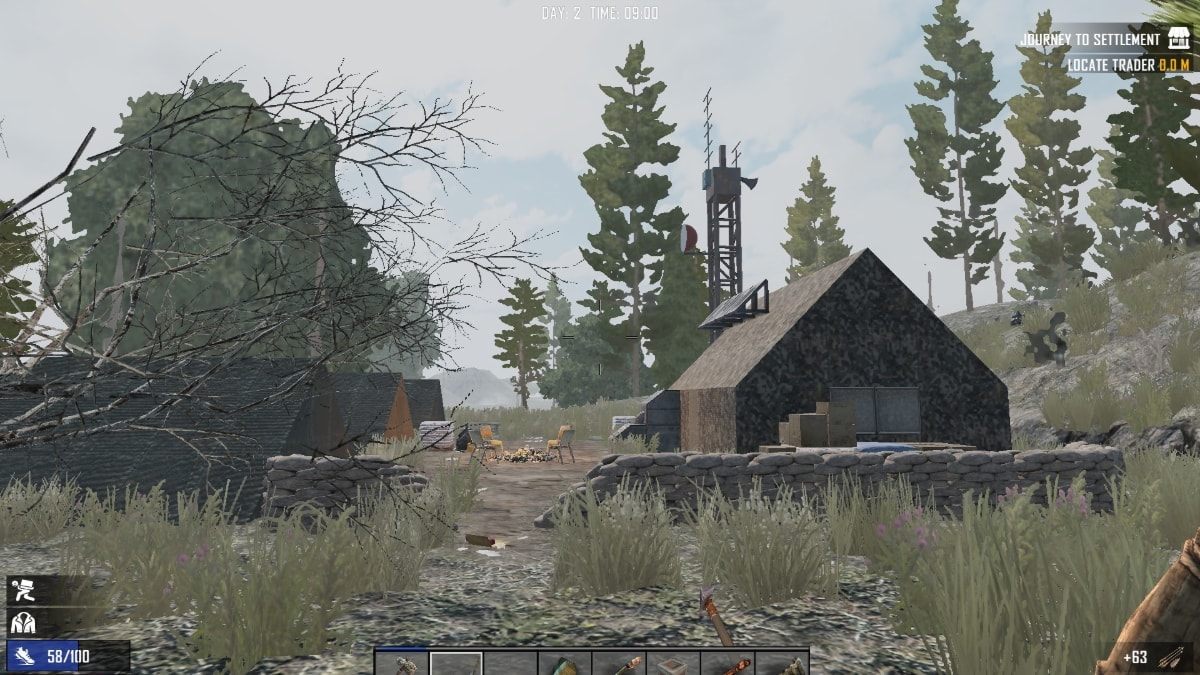

This can also be caused by various reasons, one of the most common being old seeds. Why aren’t my seeds germinating? Old seedsĪnother issue some people encounter when starting their seed is poor or no germination.
 Do not overwater seedlings the pathogens reproduce and infect plants more effectively in wet soils. Using a heating pad intended for seed starting if necessary. Start seeds in a warm location, 70-75☏. Make sure you are planting your seeds at the proper depth. If you’ve had issues with damping off in the past, it may be best to use new pots and trays. If you are re-using pots and trays, sterilize them by soaking them in a 10% bleach solution for 30 minutes and rinse thoroughly. Don’t re-use potting mix, and don’t use garden soil or compost (the pathogens can be present in these). Make sure you are using new, well-draining, sterile potting mix. Like many diseases, prevention is the best way to deal with damping off. Once plants produce true leaves and a more developed root system, they are far less likely to be infected. Unfortunately, nothing can be done once plants are infected, and they will usually die. Seedlings affected by damping off will often look healthy (if they even emerge), but shortly after they emerge, they will collapse at the base of the stem and die (the pathogen infects them at or below the soil line). This disease is caused by several soil-borne fungi (Rhizoctonia spp., Fusarium spp., and Pythium spp.). It most commonly occurs when seeds are started in cool, wet soils. Damping offĭamping off can also be a cause of seedling death. Keep the growing media moist but not wet. When seedlings are small, they don’t have extensive root systems and won’t take up a lot of water. While this may be the case for larger plants, especially in small containers, it’s not usually the case for newly emerged seedlings. People often think that seedlings need to be watered daily. Plants growing in these conditions will often lead to plants having a wilted appearance, leading many people to water them more, further exacerbating the problem. When growing media has too much water in it (water-logged), there often isn’t enough oxygen present to support the roots of a plant which can lead to root dieback (the roots begin to drown). There are several reasons why seedlings may die once they’ve germinated, and often it is due to too much moisture. Make sure you only place a few seeds in each cell and thin seedlings once they start germinating. If there are a lot of seedlings in a cell or pot, they will compete for light which can lead to them becoming leggy. CrowdingĬrowded conditions can also lead to leggy plants.
Do not overwater seedlings the pathogens reproduce and infect plants more effectively in wet soils. Using a heating pad intended for seed starting if necessary. Start seeds in a warm location, 70-75☏. Make sure you are planting your seeds at the proper depth. If you’ve had issues with damping off in the past, it may be best to use new pots and trays. If you are re-using pots and trays, sterilize them by soaking them in a 10% bleach solution for 30 minutes and rinse thoroughly. Don’t re-use potting mix, and don’t use garden soil or compost (the pathogens can be present in these). Make sure you are using new, well-draining, sterile potting mix. Like many diseases, prevention is the best way to deal with damping off. Once plants produce true leaves and a more developed root system, they are far less likely to be infected. Unfortunately, nothing can be done once plants are infected, and they will usually die. Seedlings affected by damping off will often look healthy (if they even emerge), but shortly after they emerge, they will collapse at the base of the stem and die (the pathogen infects them at or below the soil line). This disease is caused by several soil-borne fungi (Rhizoctonia spp., Fusarium spp., and Pythium spp.). It most commonly occurs when seeds are started in cool, wet soils. Damping offĭamping off can also be a cause of seedling death. Keep the growing media moist but not wet. When seedlings are small, they don’t have extensive root systems and won’t take up a lot of water. While this may be the case for larger plants, especially in small containers, it’s not usually the case for newly emerged seedlings. People often think that seedlings need to be watered daily. Plants growing in these conditions will often lead to plants having a wilted appearance, leading many people to water them more, further exacerbating the problem. When growing media has too much water in it (water-logged), there often isn’t enough oxygen present to support the roots of a plant which can lead to root dieback (the roots begin to drown). There are several reasons why seedlings may die once they’ve germinated, and often it is due to too much moisture. Make sure you only place a few seeds in each cell and thin seedlings once they start germinating. If there are a lot of seedlings in a cell or pot, they will compete for light which can lead to them becoming leggy. CrowdingĬrowded conditions can also lead to leggy plants. 
If you’ve been using the same lights for several years, or for an extended period of time, it may be time to replace the tubes. As fluorescent lights age, they lose some of their brightness. Additionally, make sure your light bulbs aren’t too old. Fluorescent lights are typically kept 2-4 inches above the tops of seedlings. If you are providing supplemental lighting and your plants are getting leggy, make sure your lights aren’t too far away from your plants. Providing supplemental lighting can help prevent seedlings from getting leggy. While it is possible to start seeds on a windowsill, often, we don’t get enough light (both duration and intensity) in this part of the country for proper seedling development. While several factors can cause this, insufficient light is the most common cause. One common problem people encounter is long and leggy seedlings (etiolated).







 0 kommentar(er)
0 kommentar(er)
